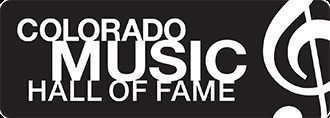Freddi & Henchi
Freddi “Love” Gowdy founded the rhythm and blues/funk band Freddi Love and the Soulsetters in Phoenix in 1965. Marvin “Henchi” Graves (the nickname is a shortened version of “Henchman,” from his days as a collegiate wrestler) joined the band because of his great dancing. With Freddi’s clear, high-voiced vocals and Henchi’s dance moves, they created a groove-laced, falsetto dual-lead-vocal sound that would be copied by Earth Wind & Fire and other funk acts that emerged later in the 1970s.
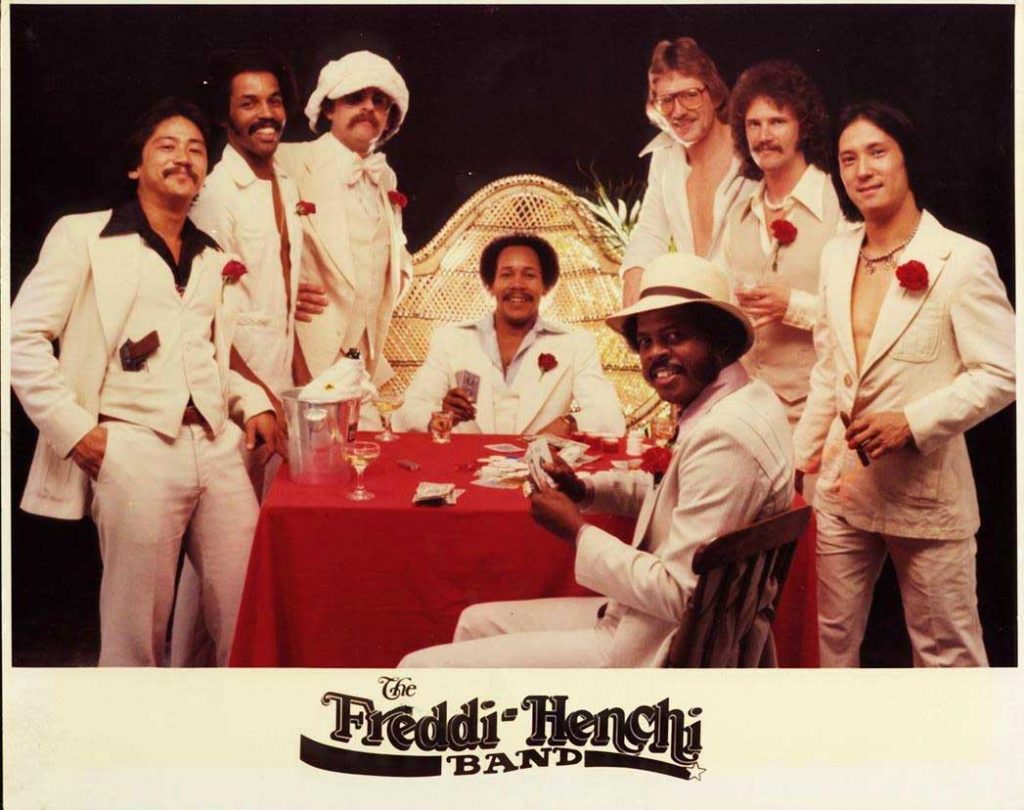
Over the years, there were many who became part of the “Crown Princes of Funk” legend, and Marvin “Henchi” Graves was not the only one to pass on.
Soulsetters Bobby Soul, Jessie Escoto, Chuy Castro have also gone on, as have Eppi Guerrero, Arnold “Budgie” Andrews and Roger “Quills” Uyeda.
The Freddi-Henchi Band lost Sonny Abelardo, Eddie “Boom Boom” Washington, Phillip Wakeman, John “Beast” Bailey, Rich Guest, John Olsen, Eddie Costa, Rocky Duarte, Eddie Duarte, Harold Lee and Phil Weightman. Also gone but not forgotten are Larry Wilkins, Tony Bunch, Bob Yeazel, Brad Huff and honorary Crown Prince Alan Roth, who ran the Skunk Creek Inn and Herman’s Hideaway.
The Colorado Music Hall of Fame was proud to induct Freddi Gowdy and Henchi Graves in 2019, in recognition of their role as Colorado’s “Crown Princes of Funk.”
The band went through personnel changes in the late ’80s and ’90s after Graves left the group, though he rejoined several times, reuniting Henchi with Freddi. But Graves died on June 12, 2009, after a long battle with cancer. His younger brother, Richard Graves, remembers that he was “an energetic, outgoing person who was a lot of fun to be around,” and adds, “He won’t ever be forgotten by anyone he ever met.”
Freddi Gowdy continues to sing and do commercials; for the past seven years, he’s performed as the co-frontman and vocalist in Chris Daniels & the Kings, working with everybody from Johnnyswim to Garth Brooks, when the Kings backed him at a Fiddler’s Green show in 2018. With the Kings, he’s released two award-winning albums and toured Europe.

Wendy Lynn Kale
Wendy Kale was the first journalist to be inducted into the Colorado Music Hall of Fame.
Kale graduated in 1979 but continued to help out at the Program Council. She advised several classes of Council staffers and was considered a mentor. To make ends meet, she took jobs that accommodated her music-dominated schedule, working at CU’s bookstore and registration, and helping out at local entertainment venues.
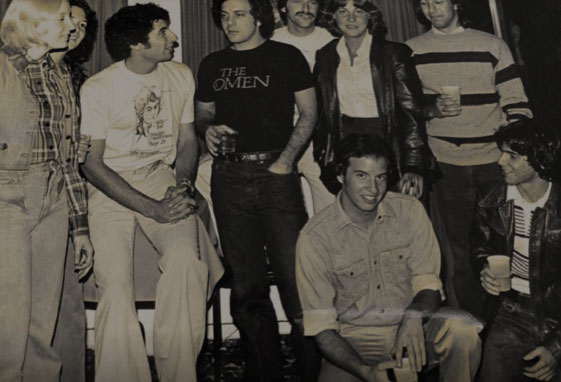
Born in New Jersey on March 19, 1953, Kale came west to Boulder in 1971 to attend the University of Colorado, where she studied Communications.
Boulder’s reputation as a hot spot for emerging music and art was the main reason she had selected CU, Kale told friends. She became a regular at Tulagi and the Buff Room on the Hill. She also found a prolific music scene at the school itself, where she saw the Jefferson Airplane, Savoy Brown and the Marshall Tucker Band in Balch Fieldhouse, and Zephyr and B.B. King in the Glenn Miller Ballroom.
Kale soon found her way to the CU Program Council, the group responsible for bringing movies and concerts to campus. She began as a general volunteer, hanging posters, working on production crews, volunteering for security and selling tickets for movie programs. But mostly, she loved the music.
She helped organize free concerts with local musicians and suggested bands for the popular Friday Afternoon Club events at the UMC Grill. In 1976, Phil Lobel became director of the Program Council and hired Kale as PR director. She relished the opportunity to talk with musicians and write press releases; she arranged interviews, coordinated press access and kept guest lists. She also wrote stories for The Entertainer, the Council’s in-house publication, and scoured area venues for emerging talent.
When Stu Osnow took over, he relied on Kale to suggest acts for Program Council events. She selected local talent to open for touring artists, and continued to find musicians for the FAC and other events. Among the bands she championed in their early days were Big Head Todd and the Monsters, the Samples, the Subdudes, Chris Daniels & the Kings and 16 Horsepower.

Anthony James Spicola
Anthony James Spicola was born in Trinidad, Colorado, on July 24, 1937. At the start of the 20th century, southern Colorado attracted many European immigrants, who came to work in Pueblo’s steel mills and the mines near Trinidad. One of those newcomers was Spicola’s grandfather, who worked on the railroads that hauled the coal and steel.
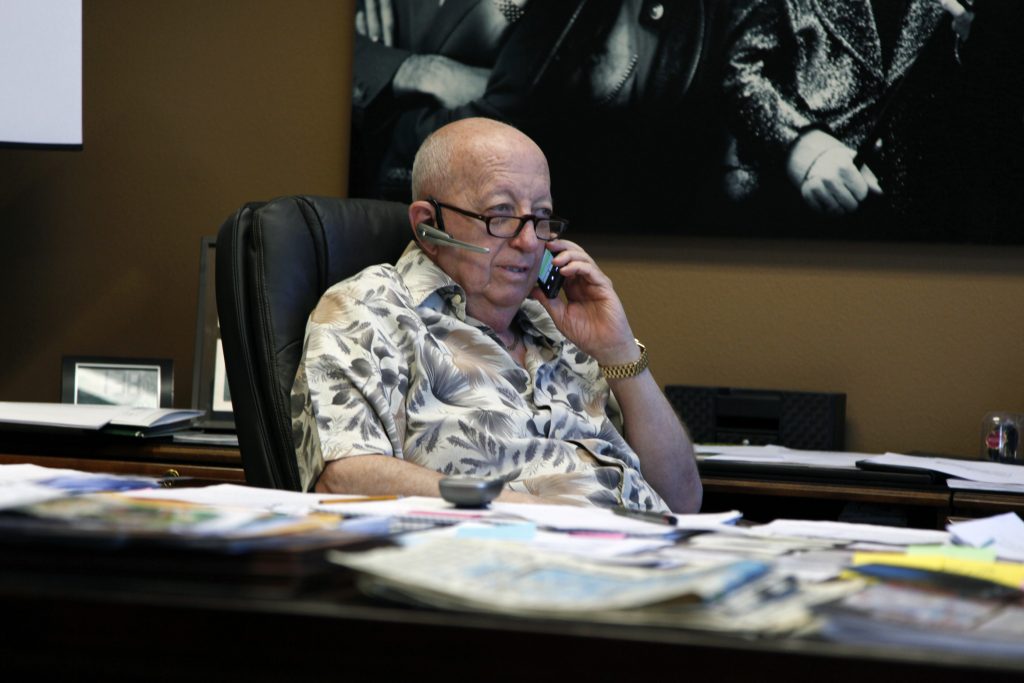
As a young man, Anthony Spicola was filled with a love of music, inspired by the records he collected during trips to Denver. His first foray into the music industry was as equipment manager for the Trinidad High School marching band; he graduated from the school in 1955.
Another passion was photography, which not only garnered Spicola national attention (especially his covers for Hot Rod magazine), but allowed him to help regional bands with promotion and marketing materials. His photography work led to music talent management, which in turn led to the world of concert promotion, where he truly shone.
In addition to his promotion work, Spicola opened two clubs in Pueblo: the Fantastic Zoo and Pinocchio’s. Before long, he was putting on concerts with national and international acts at larger venues.
In 1963, he began bringing in now-classic acts, from the Rascals to Ike and Tina Turner and a host of bands that later became part of the British Invasion. In order to accommodate the sell-out crowds these headliners would draw, Spicola turned to larger venues around Colorado Springs. The defining moment of his concert promotion career came on August 18, 1968, when the Who played at a 3,000-seat concert hall in the Springs. The band had flown in from London for its first Colorado appearance; tickets were $5.
“In the ’60s, we all had an affair with music,” Spicola remembers, noting that in addition to the Who, such icons as the Jefferson Airplane, ZZ Top and Fleetwood Mac came to Colorado through his efforts. Twenty of the artists he introduced to the state have been inducted into the Rock and Roll Hall of Fame in Cleveland.
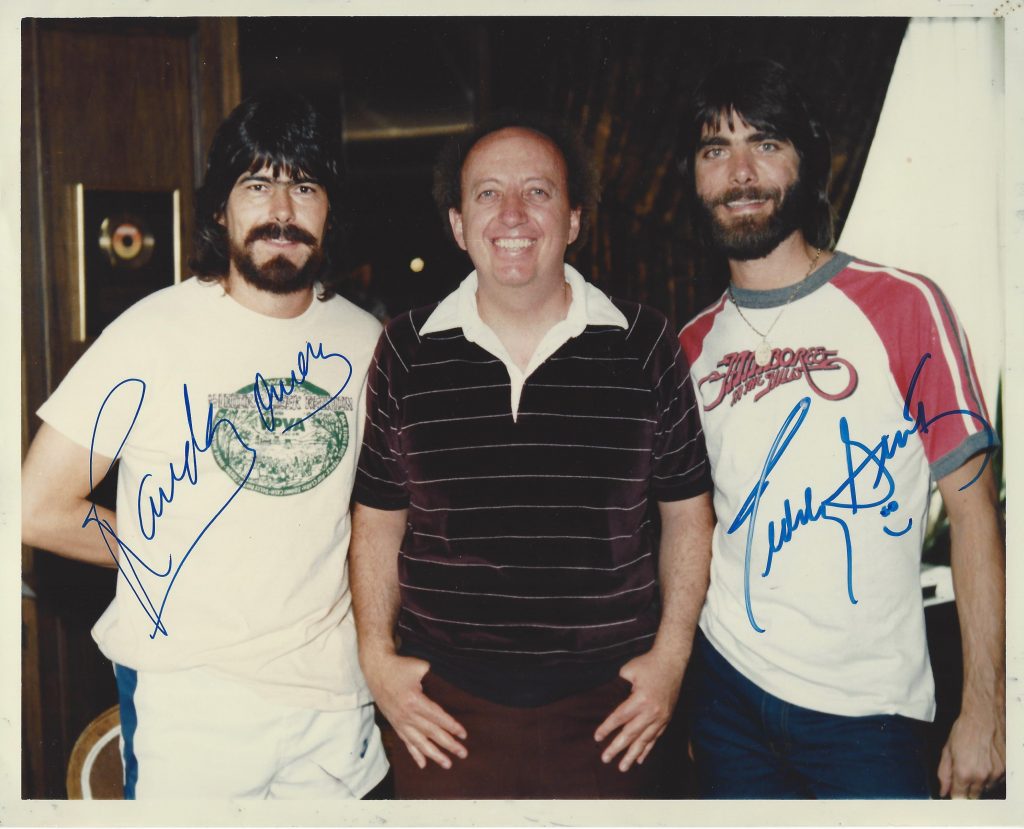
Otis Taylor
Otis Taylor was born in Chicago in 1948 but grew up in Denver. His parents were both jazz fans. “My dad worked for the railroad and knew a lot of jazz people. He was a socialist and a real bebopper,” Taylor recalls. His mother loved everything from Etta James to Pat Boone.

The first instrument Taylor learned to play was the banjo. He initially rejected it for its association with the racist American South, but eventually returned to it after discovering its African roots.
In his youth, Taylor drew inspiration from the Denver Folklore Center, where he first heard the music of Piedmont, Delta, country and Chicago blues artists. He learned to play guitar and harmonica, and started a band called the Butterscotch Fire Department. Later, he formed the Otis Taylor Blues Band.
A brief sojourn in London in the late 1960s garnered Taylor a contract with Blue Horizon Records, but he ultimately parted ways with the label and returned to Boulder, where he played with artists including Tommy Bolin, Zephyr and the Legendary 4-Nikators.
Taylor had dreamed of a project highlighting contemporary black banjo players, and he connected with Keb’ Mo’, Alvin Youngblood Hart, Don Vappie, Guy Davis and Corey Harris for 2008’s groundbreaking Recapturing the Banjo, named Downbeat’s 2009 Blues CD of the Year. Pentatonic Wars and Love Songs scored another win that year.
Over the past ten years, Taylor has released five more albums, his music has been used on various film soundtracks and television shows, and he was included in the inaugural exhibition at the National Museum of African American History and Culture.
A resident of Boulder since 1967, Taylor gives back to his community through his annual Trance Blues Festival, and he and his wife, Carol, created a blues-in-the-schools program called Writing the Blues, which Taylor has taken worldwide.
Otis Taylor is a rare musician who brings depth and honesty to his lyrics and a passionate voice to his music. The Colorado Music Hall of Fame was proud to induct Taylor as part of the Class of 2019.

Zephyr
No one who ever saw Candy Givens perform with Zephyr can forget her vocal power or her energetic presence. Dr. Kevin Fitzgerald — veterinarian, comedian and longtime music fan — remembers her as “a force of nature.”

Whether Zephyr was opening for Jimi Hendrix at the Denver Pop Festival, playing Mammoth Gardens or tearing the roof off the Fillmore West with Jeff Beck, it was the band to see in an incredible era of rock music.
Candy Ramey was born in 1946 and grew up around Evergreen and Golden. Her love of music and powerful voice got her voted “most likely to become a famous singer” in her senior year at Golden High School. She attended the University of Northern Colorado with plans to become a teacher.
But music was her focus, and she ended up in San Francisco, where she made her radio debut playing guitar and singing on a Chinese-language station. A year later, she moved to Aspen and joined the Piltdown Philharmonic Jug Band. She also met David Givens, a songwriter and guitar and bass player. They moved to Boulder with David’s band, Brown Sugar, and were married in October 1968.
Coupled with mismanagement back home, Zephyr never achieved the commercial success that fans thought the band deserved. According to David Givens, promoter Barry Fey turned his attention to Bolin.
David and Candy put together a new lineup and recorded Sunset Ride, a fan favorite. David produced the album and wrote most of the songs. Bolin was replaced on guitar by Jock Bartley, with Michael Wooten on drums. Over the next ten years, Zephyr’s evolving roster would include Otis Taylor, Eddie Turner, Rob Rio, Bobby Berge and others.
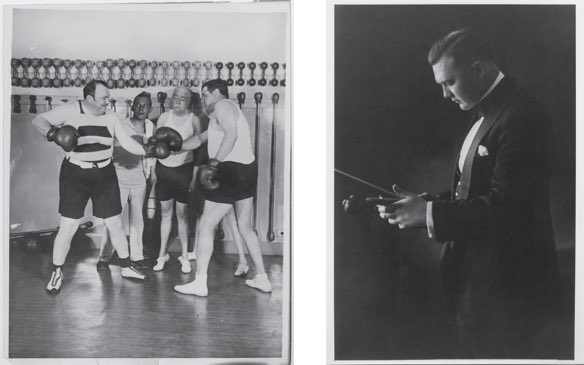
Tommy Bolin
Born in Sioux City, Iowa, on August 1, 1951, Tommy Richard Bolin was arguably the best guitarist to find a home in the Colorado music scene of the 1970s. When Bolin died of an overdose in 1976, he was on a career path to icon status, with a style that incorporated jazz fusion, rock and elements of pop. His credits include two albums with Zephyr, two solo albums, and two albums with the James Gang; he also collaborated with jazz drummer Billy Cobham and replaced Ritchie Blackmore in Deep Purple. What’s less well known is the work he did with other guitarists, such as Jeff Beck and Albert King, and musicians in bands like Energy and Tommy Bolin’s Dreamers, which included his brother, Johnnie Bolin, bassist Stanley Sheldon, drummer Bobby Berge, vocalist Jeff Cook and singer/keyboardist Max Carl.
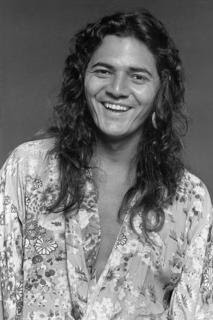
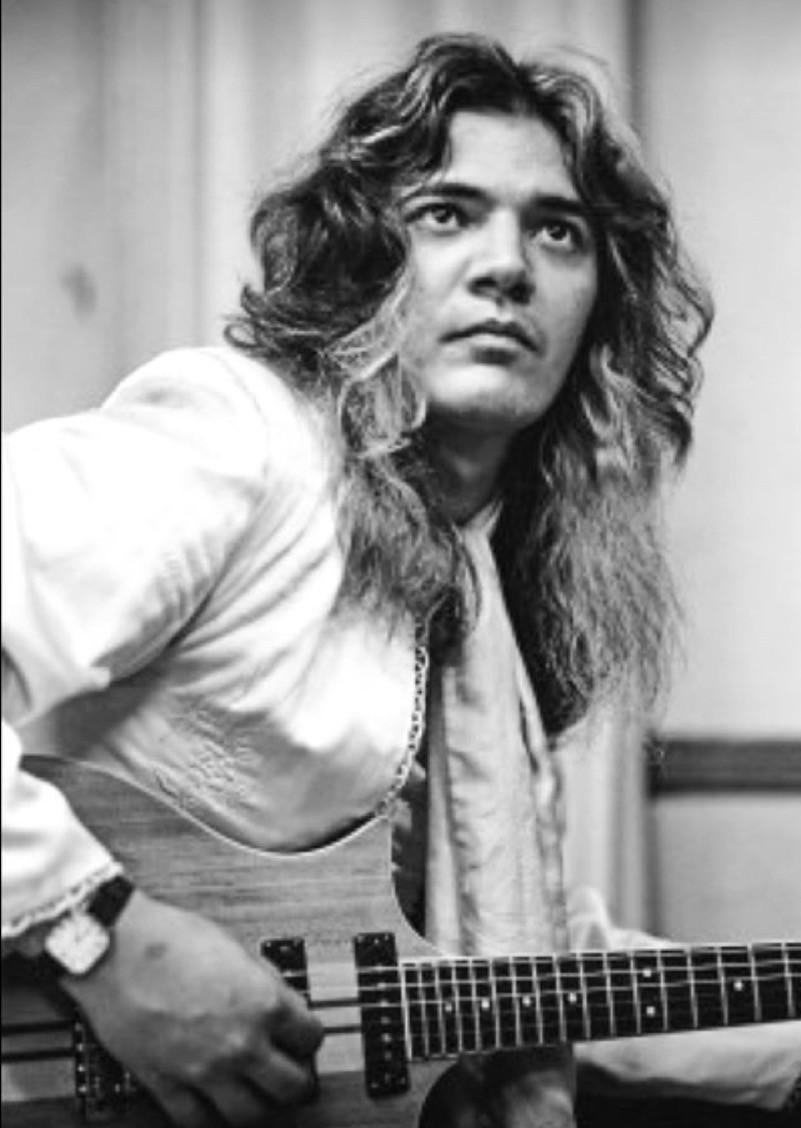
Bolin developed his signature powerhouse style in various bands, including Ethereal Zephyr. After a jam session at the Buff Room in Boulder, singer Candy Givens and her husband, David Givens, joined forces with keyboardist and flutist John Faris, drummer Robbie Chamberlin and Bolin to create the blues-rock act Zephyr.
Zephyr began writing music and playing around the state, including at the Sink in Boulder, various University of Colorado venues, and Reed’s Ranch in Colorado Springs. On trips to Phoenix, the musicians connected with acts like Steve Miller, Vanilla Fudge and David Lindley. They played at San Francisco’s Avalon Ballroom and the Whisky a Go Go in Los Angeles.
Do you love and appreciate the history of music? Head over to the Colorado Music Hall of Fame, where you get to learn and enjoy the rich history of music in Colorado.
